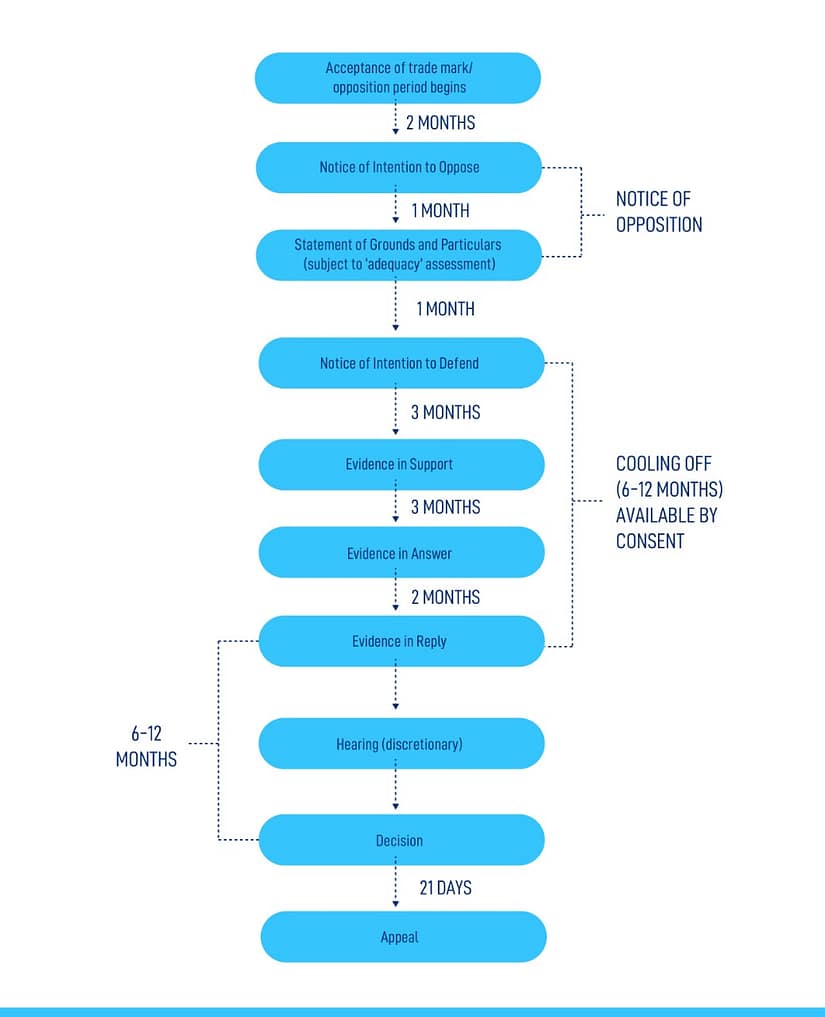How to Write a Cease and Desist Trademark Infringement Letter From a Template
The situation is very common. You’re a business owner and you have done everything in accordance with the law, even going the extra mile by getting your business registered as a trademark. And then you become aware of another business using your trademark in what seems to you like a trademark infringement and you want

